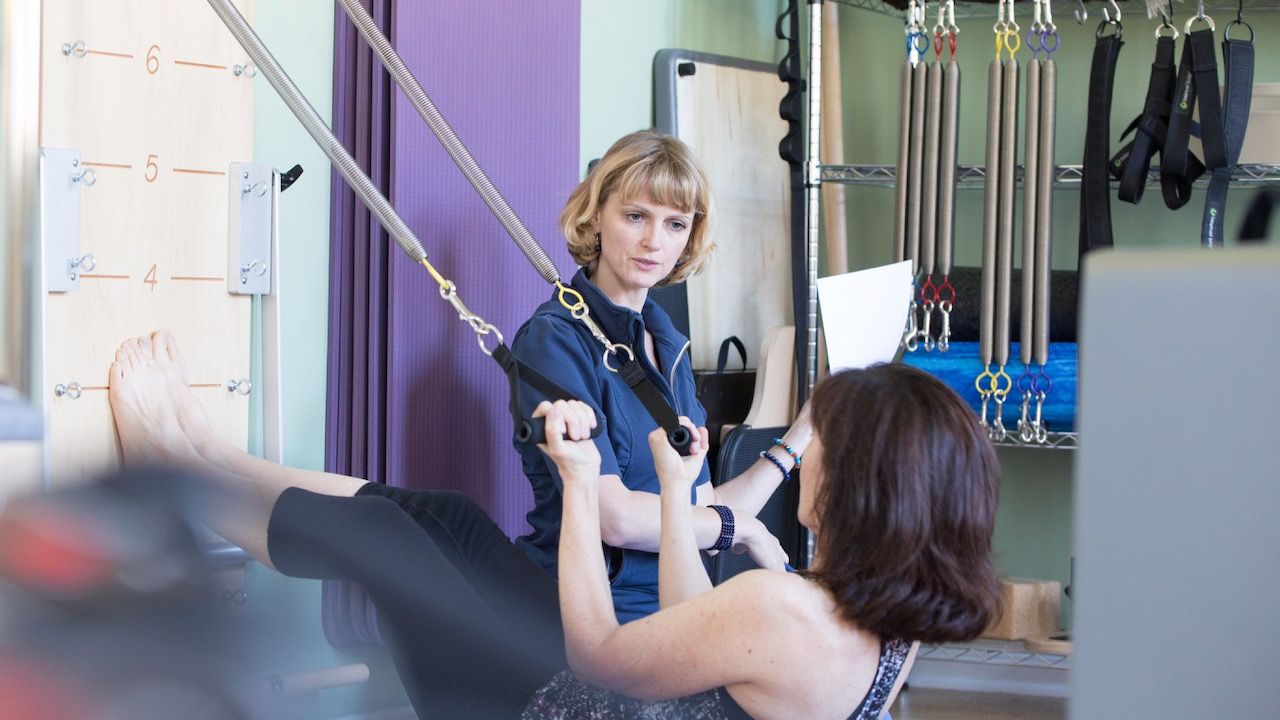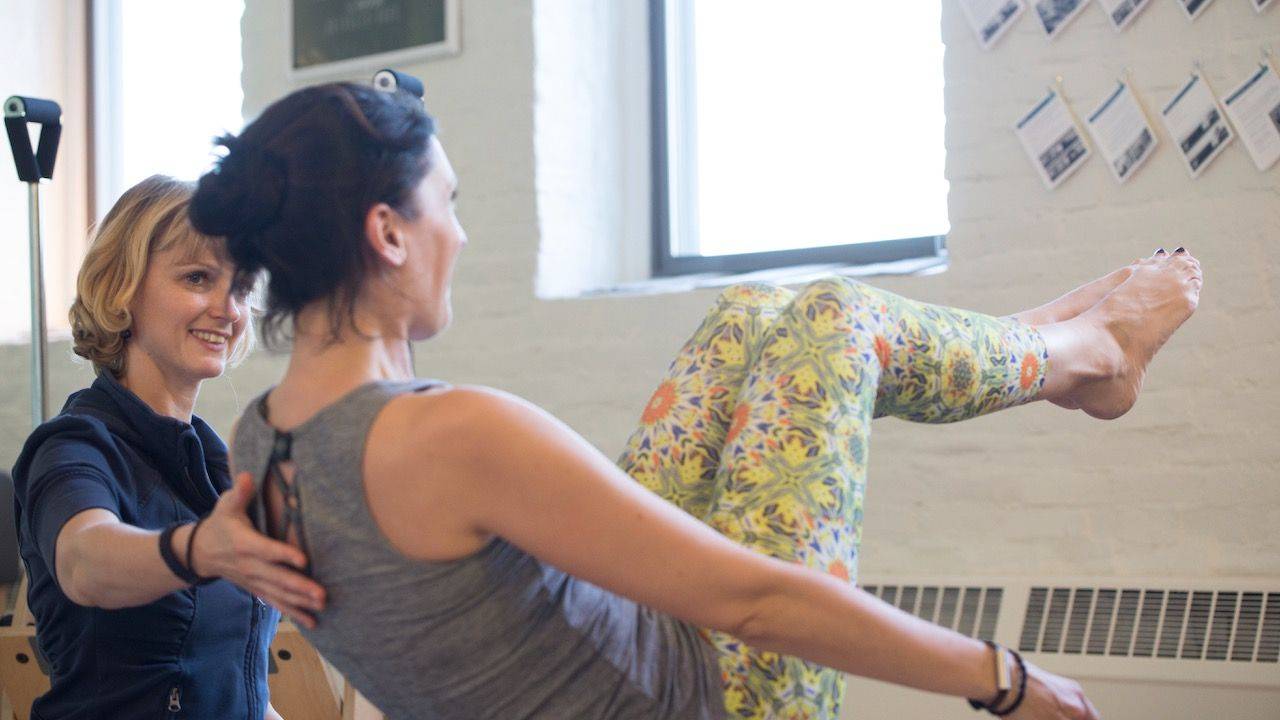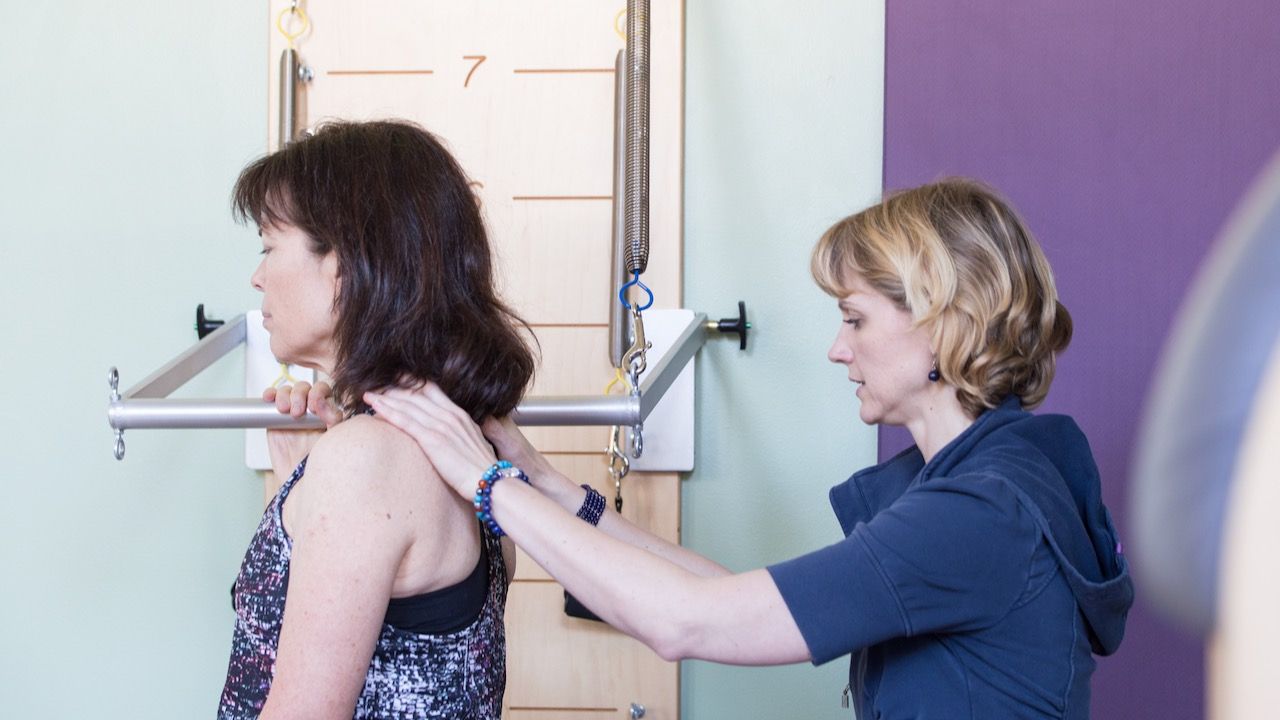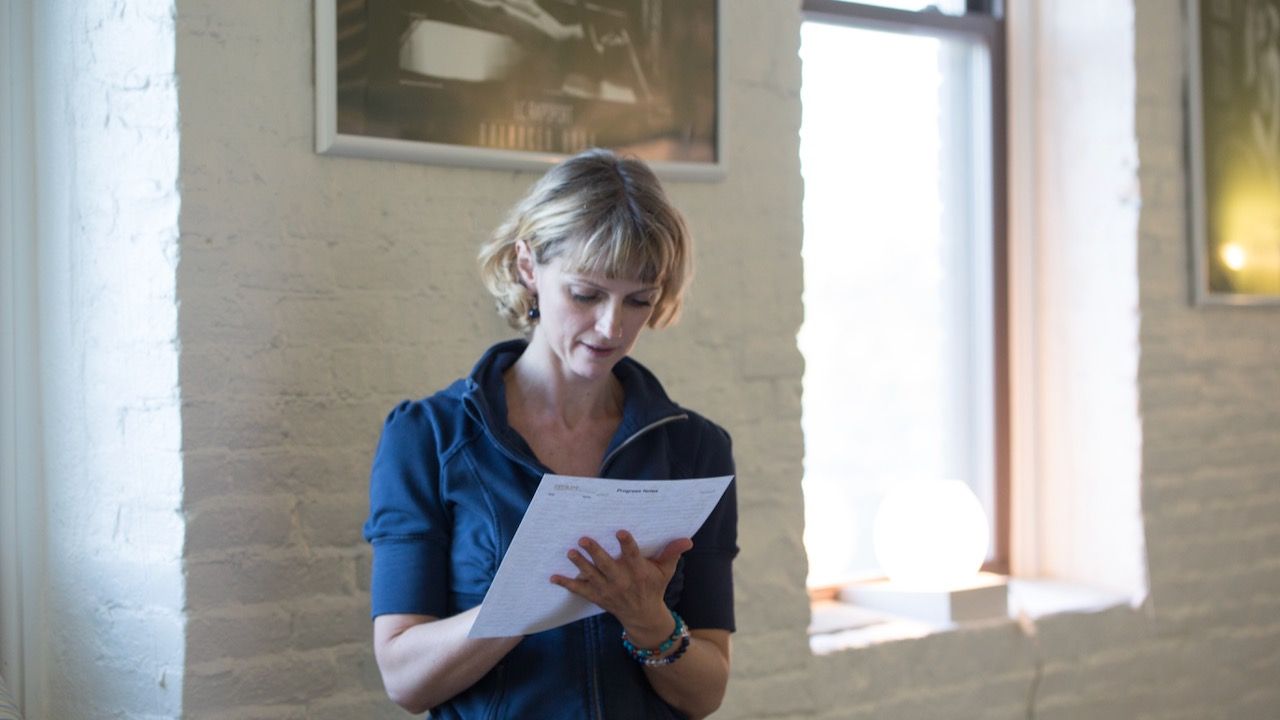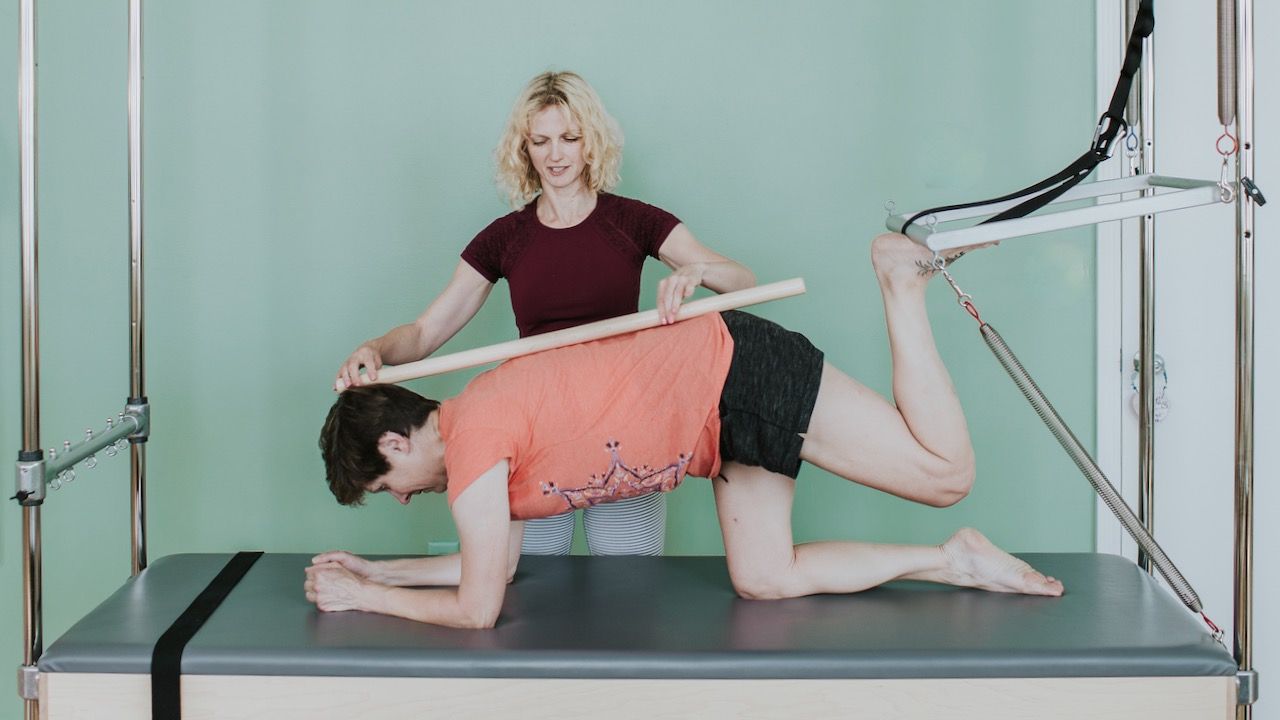
How To Deal With Joint Replacements In a Pilates Class
Nov 30, 2016I recently received this question from one of my members:
If someone comes to my class with a hip or a knee replacement, and I don't feel like I have all the knowledge to keep them safe, would it be unreasonable to ask for a doctor’s note before starting a Pilates program? I personally would suggest training with someone with more experience.
I understand that as a beginning teacher joint replacements can be intimidating.
If the joint replacement has been done more than six months in the past then you probably won't need a doctor’s note to allow them into your class. (I have had students tell me about their “fake knee” months after starting their work with me. It’s so normal for them that they just forget to mention it.)
Definitely ask them what their surgeon or physical therapist has told them not to do. Most people with joint replacements know exactly what they can and cannot do. Give them permission to skip exercises that they know or feel might be harming them.
At the end of the class do some research into that issue. Friend Google will have plenty answers for you.
Collect a short list of movements that are contraindicated or only to be performed with caution. I use the notes app on my phone to keep this list with me at all times. When I need a quick reminder, I can look it up immediately.
With a knee replacement for example, it’s important to avoid full knee flexion. Go through your list of exercises you had planned and notice which of these exercises include or require full knee flexion. The next time this person is in your class you are better prepared and can compare modifications or alternative exercises for her.
With hip replacements there are two different approaches and anterior to posterior approach so not all hip replacements are the same, which means different rules apply.
That's why it would be very helpful for the student to tell you what they can and should not do.
If the joint replacement is newer than six months, ask them about who their physical therapist is – let’s hope they did physical therapy – and ask if it would be okay with them if you got in touch with her physical therapist to inquire about their situation.
This way you will learn more about this particular pathology or procedure and you will become a better teacher, one person at a time. You will also build a relationship and rapport with the physical therapy community, and possibly receive referrals in the future.
If you have the feeling that your student does not know what movements to avoid and they don't have a physical therapist, then yes I would suggest sending them to train with someone with more experience.
What if there is no better educated Pilates teacher in your area?
Why don’t you take a lesson with your mentor - you have a mentor, right? A Pilates instructor who knows more than you. - Ask them about it and get advice from them. Do it over Skype, if they live too far away for you to travel.
I'm sure any Pilates instructor would be happy to schedule a session to go through your sequence with you and indicate which exercises or movements might be contraindicated or only performed with caution by a person with a particular joint replacement.
Inside the Pilates Encyclopedia membership, we have a category called “Special Populations” in which we list appropriate exercises for each of these problems. Join us.

Get support with your day-to-day teaching challenges
Ready to Teach Pilates with Clarity and Confidence?
Sign up to receive my weekly email newsletter. It's jam-packed with Pilates articles, videos, exercise tutorials and teaching tips.
Only super valuable stuff here. No spam ever. Unsubscribe any time.








